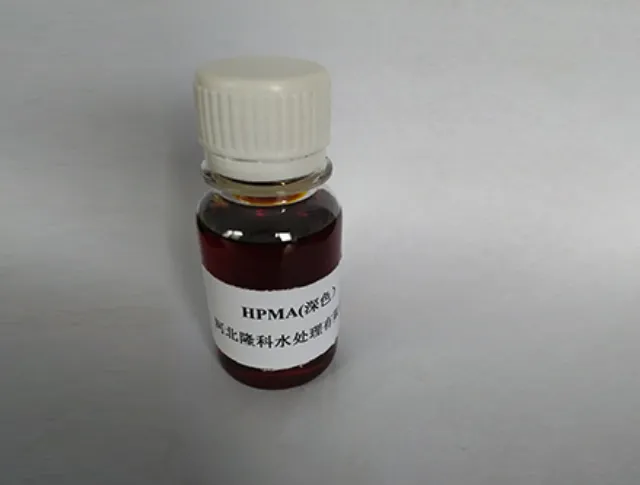Properties and Applications of Polyaluminum Chloride Aqueous Solutions in Water Treatment
Understanding Polyaluminum Chloride Solution An In-Depth Look
Polyaluminum chloride (PAC) solution is a widely used coagulant in various applications, particularly in water treatment and wastewater management. This polymer-based compound has gained popularity due to its effectiveness in removing impurities from water, its cost-effectiveness, and its relatively low environmental impact compared to other traditional coagulants such as aluminum sulfate.
What is Polyaluminum Chloride?
Polyaluminum chloride is a complex inorganic polymer consisting of aluminum hydroxide and aluminum chloride. The formula generally represents a group of compounds with varying aluminum content and molecular weights, which contribute to their unique properties. The effectiveness of PAC as a coagulant is attributed to its ability to destabilize colloidal particles in water, leading to their aggregation and subsequent removal through sedimentation or filtration.
How Does PAC Work?
The coagulation process involves several stages. When added to water, PAC dissociates into aluminum ions, which then interact with negatively charged particles and colloids suspended in the water. The aluminum ions neutralize the charges, allowing these particles to clump together—a process known as agglomeration. These larger aggregates can then be easily separated from the water, either by sedimentation or filtration.
One of the significant advantages of PAC over traditional coagulants is its ability to operate effectively across a wide range of pH levels, which means it can be used in various water conditions without the need for extensive pH adjustment. This adaptability makes PAC an excellent choice for both drinking water treatment and industrial wastewater treatment applications.
Applications of PAC Solution
1. Drinking Water Treatment PAC is commonly used in municipal water treatment plants due to its efficiency in removing turbidity, color, and other impurities from surface water sources. The clarity and quality of drinking water are critical for public health, and PAC provides a reliable means to ensure compliance with regulatory standards.
polyaluminum chloride solution

2. Wastewater Treatment In industrial settings, PAC serves a crucial role in treating wastewater that contains high levels of suspended solids, phosphates, and heavy metals. By effectively aggregating these contaminants, PAC aids in achieving cleaner effluents, thereby enabling industries to meet environmental discharge limits.
3. Paper Production The paper industry utilizes PAC as a retention aid to enhance the fiber retention rate and minimize the loss of fillers and additives during the papermaking process. This not only improves the yield of the production process but also enhances the quality of the paper produced.
4. Oil & Gas Industry In oil drilling operations, PAC is used as a flocculant to help separate and eliminate impurities from drilling fluids, ensuring a more efficient operation.
Advantages of Using PAC
- Higher Efficiency PAC typically requires lower doses than traditional coagulants to achieve the same level of turbidity removal, which can result in cost savings for treatment facilities. - Lower Sludge Production The use of PAC usually leads to the generation of less sludge compared to other coagulants, reducing the cost and environmental impact of sludge handling and disposal. - Versatile pH Range PAC is effective over a broader pH range, making it suitable for various water sources and treatment conditions.
Environmental Impact
The environmental benefits of using PAC are notable. Its lower dosage requirements translate to reduced chemical usage, which leads to less chemical runoff and a lower overall impact on surrounding ecosystems. Additionally, PAC produces less sludge, which minimizes the challenges associated with sludge disposal—a significant issue in water treatment processes.
Conclusion
Polyaluminum chloride solution is a vital player in modern water treatment applications. Its effectiveness, versatility, and environmental advantages make it a preferred choice for many municipalities and industries. As global water challenges continue to grow, the role of effective coagulants like PAC will be critical in ensuring the provision of clean and safe water. Through ongoing innovations and improvements in water treatment technologies, the future looks promising for PAC and its contribution to cleaner water resources.
-
Water Treatment with Flocculant Water TreatmentNewsJun.12,2025
-
Polymaleic AnhydrideNewsJun.12,2025
-
Polyaspartic AcidNewsJun.12,2025
-
Enhance Industrial Processes with IsothiazolinonesNewsJun.12,2025
-
Enhance Industrial Processes with PBTCA SolutionsNewsJun.12,2025
-
Dodecyldimethylbenzylammonium Chloride SolutionsNewsJun.12,2025





